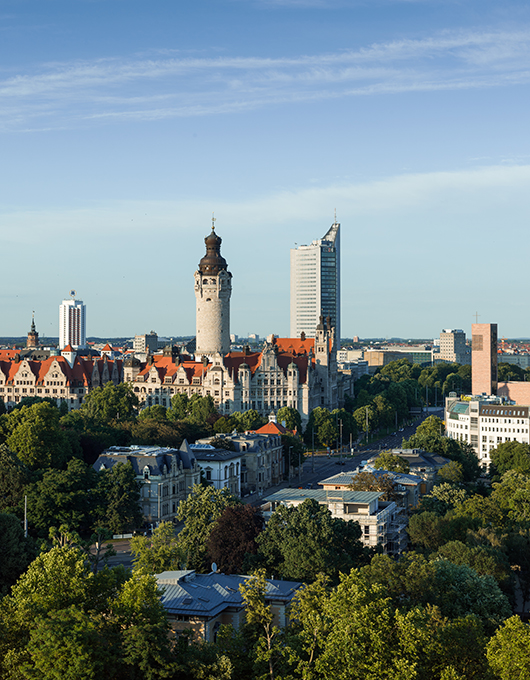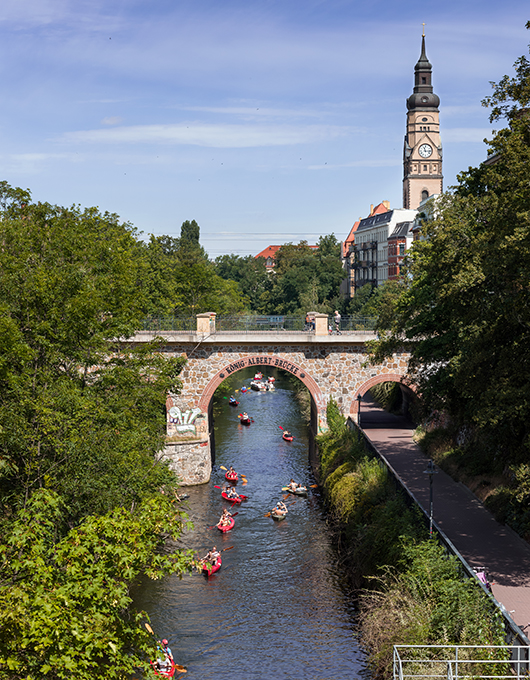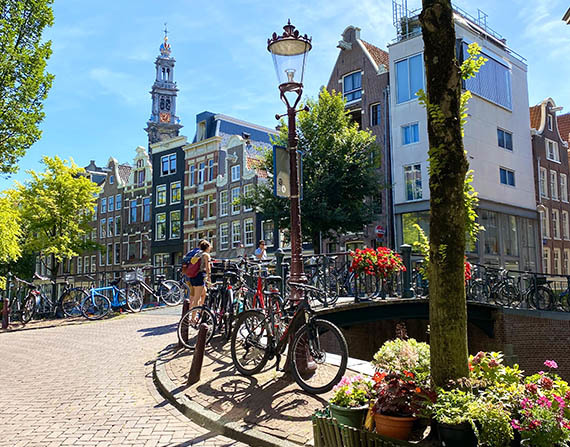Visit and amaze yourself in Leipzig
Leipzig is the typical low-key city (when compared to the main tourist itineraries in the world) and precisely the one that will surpass all expectations of those who visit it, especially when you visit it for the first time. It has become my favorite city in Germany: it has beautiful landscapes, gastronomic richness, transgressive and progressive artistic movements and expressions, a bustling nightlife, full of young people who occupy the streets, a lot of investment and openness to education, and a beautiful historical-cultural legacy. In fact, no other city represents Germany as well as Leipzig:


* It is currently the fastest growing and most prosperous city in the country;
* There are more than 50 museums around the city;
* The genius Jean-Sébastian Bach was born there and Mendelssohn, Schumann and Wagner also lived and worked there;
* The main local university library - The Alberta Library - has a collection of about 3.5 million books;
* There are over 1500 restaurants, bars and cafes;
* German book publishers and other print shops started their business in Leipzig before being destroyed in World War II. Every month of March, the second largest 17th century European Book Fair is celebrated in Leipzig. (people consider Leipzig the city where people read the most in Germany);
* It is the “monuments capital” of all of Germany, concentrating about 16,000 cultural monuments with enormous architectural richness;
* This is where the famous Social Democratic Party was founded;
* In the 1920s, it traded 1/3 of the world market of animal skins;
* The fall of the Berlin Wall actually began in Leipzig, from a protest against the political regime on 9 October 1989 with 70,000 people in front of the beautiful St. Nikolaikirche church (St. Nicholas Church). This generated the necessary momentum, four weeks later, for the force that would tear down the Wall in the city of Berlin.
These are just some of the facts that have marked Leipzig's history and deserve attention. But there is so much more. Mainly because it is a young city full of artists who find there the freedom of expression needed to develop in their fields (Spinnerei, for example, which I mention in another text).
The fact that there are many young people, in turn, ensures that their leaders care about good quality public transport: one easily travels through the city by the so-called “trains”, those that you see a lot in Amsterdam, by the way. It is also simple and common to ride a bike, as pleasant as walking and being amazed by the architectural abundance of buildings, houses and monuments, or even exploring shopping streets crowded with shops and cafes, whether in central areas or even in more distant neighborhoods, whose graffiti scenes are quite representative.





